
Menstrual cramps affect millions of women before or during their periods. They can be sharp, dull or throbbing and they usually occur in the lower abdomen or the lower back. They usually peak the first two days of menstruation and get milder as the period progresses. Cramps are also a common symptom of PMS or premenstrual syndrome.
Causes of menstrual cramps
There are two types of menstrual cramps or dysmenorrhea. Primary dysmenorrhea means that the pain was always associated with menstruation or with PMS, ever since the first menstruation started, and it has no other underlying cause. It is believed that primary dysmenorrhea happens because of the contractions of the uterus, which serve to loosen, detach and expel blood and old endometrial tissue. Secondary dysmenorrhea, on the other hand, means that the pain and other symptoms are result of an underlying condition, like endometriosis, ovarian cysts, leiomyoma, adenomyosis, pelvic congestion and several more conditions.
Relief for menstrual cramps
Women who have always suffered from menstrual cramps know what helps against this frustrating occurrence. Some women choose medications, like ibuprofen and similar pain relievers.
Heating pads placed on the lower abdomen can help too. The heat relaxes the uterus and the surrounding muscles and relieves the cramping. Relaxation techniques like deep breathing, yoga and meditation can provide some relief too. Self-massage of the lower abdomen with circular motions is would to be helpful for some women.
Menstrual cramps can be prevented or at least reduced by eating a light diet rich in carbohydrates in the days prior to the period. It is also important to avoid caffeine beverages and alcohol.
Many women have found that regular physical activity throughout the whole month helps reduce menstrual cramps during their periods. Some light exercise can be continued even during menstruation, as long as the physical strain is not excessive.
Certain supplements can help reduce menstrual pain too, primarily vitamin B complex, magnesium, calcium, and omega fatty acids.
Stress contributes to menstrual cramps and it should be avoided in the days prior the period and the first few days.
The experience of millions of women worldwide has shown that the position that provides best relief for menstrual pains is to lay on the side with knees bent and pulled slightly towards the belly. This reduces the stretching of pelvic muscles and reduces contractions. Women who usually sleep on their back can place a cushion underneath their legs to keep their knees bent.
There is also an acupressure point that can be stimulated in order to stop the pain. The point is located on the inner side of the leg, four fingers of width above the ankle, just below the bone. The point should be pressed in six seconds intervals, pausing for two seconds between each interval, for five minutes on each leg.



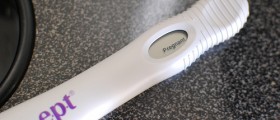
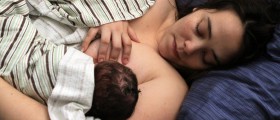

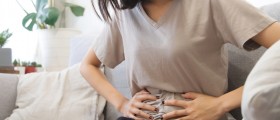

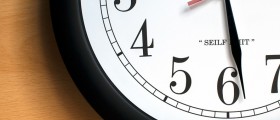

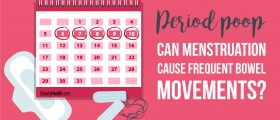



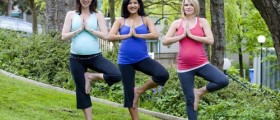
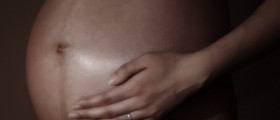

Your thoughts on this
Loading...